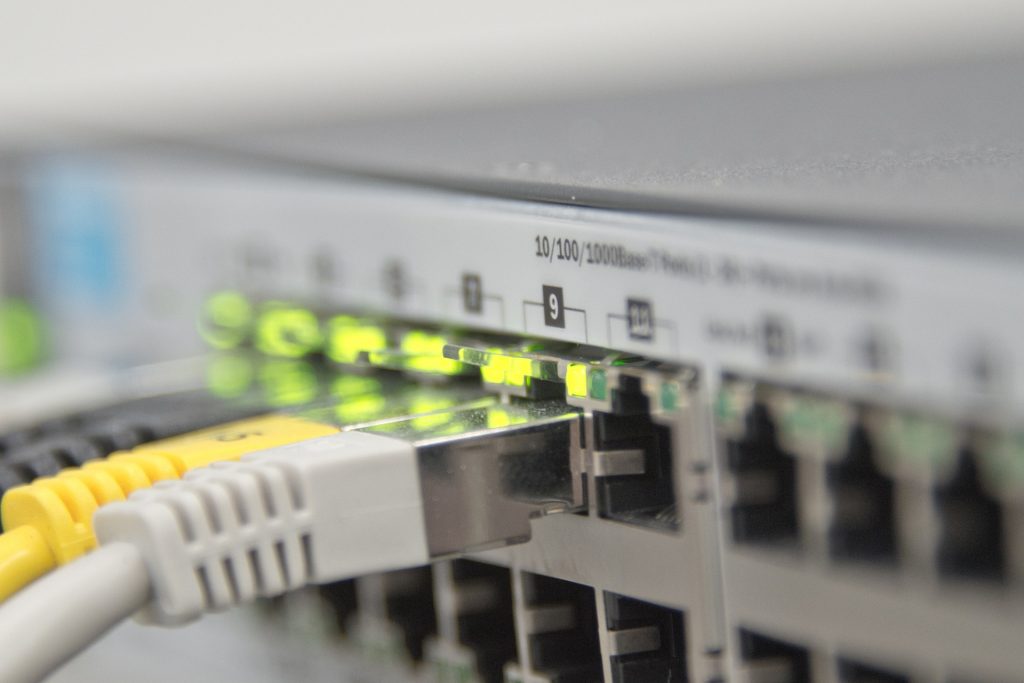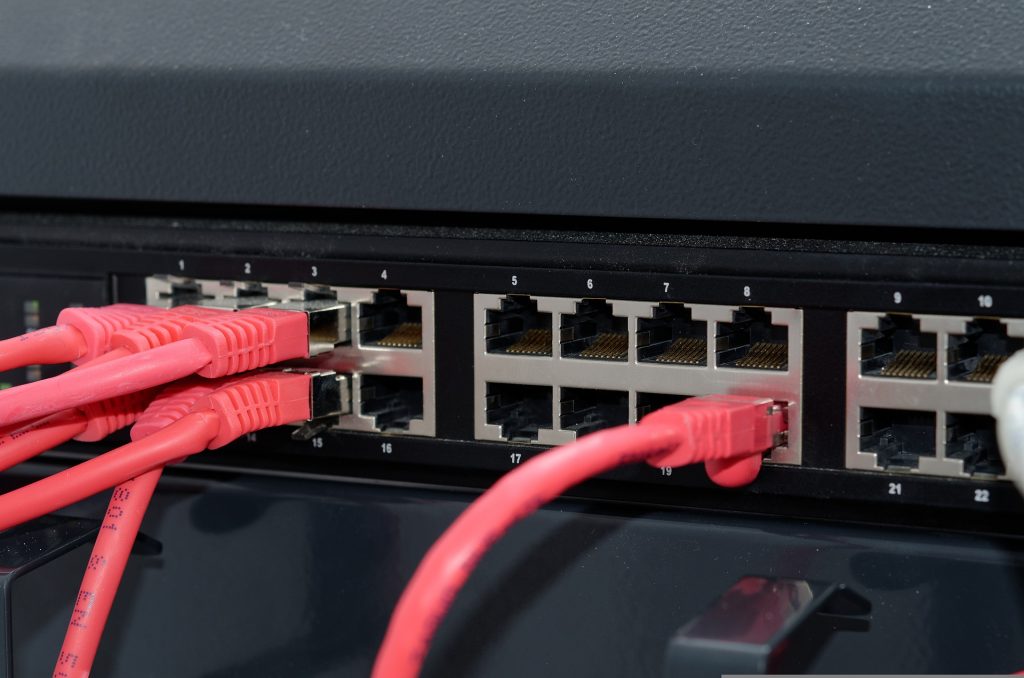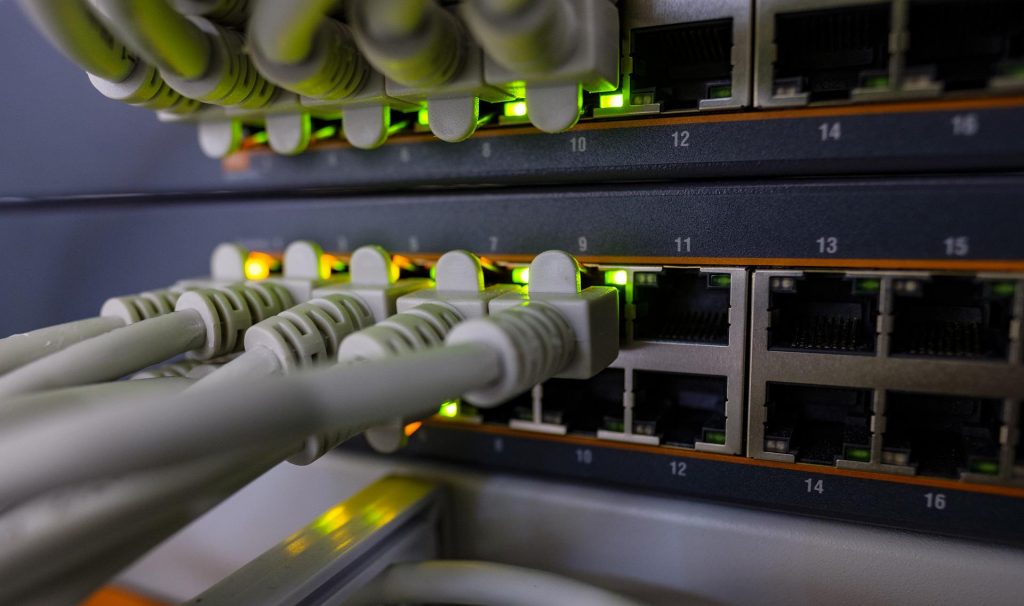If you want dependable and fast internet, an Ethernet connection is usually the best option. Wired connections are often the most popular choice among gamers, which is understandable given that they are far more steady than Wi-Fi.
However, this connection can still be difficult at times, and you may have the Ethernet cable connected but no internet. This can be caused by a variety of circumstances, and we’ll find out all you need to know about the problem and how to address it quickly.
Without further ado, let’s look at why your internet connection isn’t working and how to fix it.
A tutorial video of Ways to fix this on windows 10:
Why is there no Internet through your Ethernet cable?
You may have come here looking for answers because your Ethernet is plugged in but no network connection was formed.
There are situations when the Ethernet connection fails due to a variety of factors such as:
- Ethernet cable not working – Although these cables are quite robust, they can become damaged and ripped in some locations. This will disrupt the connection between your device and the router, preventing DHCP from correctly assigning you an IP address.
- Expired network drivers – If the issue is not with the hardware, it might be with the software that is in charge of establishing and maintaining a solid connection.
- Various viruses and malware – One of the most commonly ignored things that many people are unaware of are antivirus blocks and malware programs that block internet access regardless of whether you have an Ethernet cable plugged in or are connecting through WiFi.
- Other problems – Determining what caused the connection failure is important so keep in mind that it can be related to your internet service provider, faulty router or modem, and other issues.
All of the difficulties described above, as well as some others, can create significant internet issue, but they are typically easy to resolve.
Before we begin troubleshooting, the best thing you can do is to find out whether the problem is caused by the device to which you are attempting to connect or by the router. This is readily determined if you connect another device to the same Ethernet connection and test it.
If additional devices connect without issue, the problem you’re experiencing is caused by a specific device. If, on the other hand, other devices behave similarly and are unable to establish connections, the problem is via Ethernet cable or the router.
Whatever the source of the issue, we have compiled a list of ways to help you connect to the internet in no time.

Ways to fix “Ethernet is connected but no Internet”?
If you carefully establish whether the connection problem is caused by your device or by anything else, you will be one step closer to resolving the issue. There are two directions for solving this occurrence, one is related to the hardware and the other one to the software.
Here are some things you may do to fix the Ethernet connection:
1. Restart all of the devices
The first step should be to restart all devices involved in the connection you are attempting to create.
Restart your computer, router, and modem are all part of this.
A simple but effective turn-off of the devices can resolve momentary issues and allow you to connect without difficulty.
Just make sure that all of the above-mentioned gadgets are completely turned off before turning them back on. This will fully disconnect them and allow fresh connections to be created.
2. Disable Wi-Fi
Although we are discussing Ethernet cables and connections, you should also check your Wi-Fi connection to properly understand the issue.
Turning off your Wi-Fi connection might reveal whether there is an issue with the internet in general or just with your Ethernet cable and connection.
Turning off Wi-Fi on your router ensures that the device does not join your Wi-Fi network automatically as it sometimes happens, but rather via the plugged-in Ethernet connection.
If this does not overcome the issue, you are one step closer to finding a solution because you now know where the problem is.
3. Examine the Ethernet Cable
Ethernet cables are thought to be one of the finest ways to connect your devices to the router, however, even those cables might have broken sections that become the cause behind an Ethernet connection but no internet.
Furthermore, there are certain restrictions on the length of the cable, which should be less than 328 feet in order to work properly.
While this is usually plenty for even the most demanding users, it is possible that the length of the connection is just too long for the data to pass uninterrupted.
This is easily fixed by replacing the Ethernet cable and checking the connection afterward. Investing in high-quality, new Ethernet cables may be the answer to this problem.
While inspecting the Ethernet cable, make sure that any other cables, such as the power line and coaxial cable, are in excellent working order. You should also double-check all connectors and splitters and tighten any loose connections.

4. Change the Port
In addition to the broken Ethernet cable, there is one more piece of hardware you should inspect: the ports on your router. Depending on the number of ports available, you can try another one to see if it is creating the connection issues.
Ports can fail to function properly if there is even a trace of dust or rust present, thus keeping them clean is critical for proper functioning.
While changing the ports just takes a few minutes, it’s an excellent method to see if anything else needs to be updated, such as your router or adapter if all the ports are acting the same way.
5. Modify Network and Internet settings
If your ethernet cable is not having connection issues and changing the ports did not resolve the problem, you must do the network preferences and internet settings on your device. These options will help you to determine whether or not the Ethernet connection is active.
If the connection is not formed after clicking on the Local Area Connection, simply click the enable button and try browsing the internet again.
Even when the Ethernet cable is put in, the device does not always connect automatically, and you must connect it manually.
6. Install new drivers
A decent Ethernet cable and updated software that allows communication with your router are required for a quick and stable internet connection.
This software is known as a network driver, and it should be updated on a regular basis in order to operate optimally.
Network drivers may be manually updated by downloading and installing the most recent version on your device.
However, some users indicate that uninstalling and re-installing the drivers resolved their connectivity issues. This is one of the first software-related solutions you may attempt to resolve the matter.
7. Scan for malware
In addition to any software issues, you should check and ensure that your anti-virus software is up to date.
Furthermore, you should always examine your device for any malware and viruses that might disrupt your connection and prevent your Ethernet cable from working properly.
However, keep in mind that the anti-virus application itself might occasionally cause connectivity issues due to firewall settings. To ensure that your anti-virus is not the source of the problem, switch it off temporarily and reconnect.
If it turns out that the antivirus was the source of the problem, you may always try another one.
We always recommend that you invest in high-quality, paid anti-virus software that will not only protect you but will also not disrupt any connection you are attempting to establish.

8. Flush DNS
Flushing the DNS may not be the simplest method on our list, but it is frequently required to allow you to connect successfully. The DNS may have run out of memory, causing difficulties in creating new connections.
Flushing the DNS will clear the memory and allow you to quickly access the pages you are attempting to open.
9. Make a phone call to your internet service provider
If none of our ideas address your difficulties, you may need to contact your internet service provider to see if they have any relevant information.
The phone representative may be able to inform you about maintenance work being done on the entire network, which may be causing your connection problems as well.
Even though most maintenance is done at night when only a few users are online, this is a very reasonable explanation.
In addition to this information, the assistant can send a specialist to your home to analyze the problem and, if necessary, make modifications.
A professional can replace the router, cables, and connections, as well as perform regular network maintenance, allowing you to regain access to the internet in no time.
So, if you’re connected to Ethernet but no internet connection is available, you now know what’s causing it and how to fix it quickly. Because the issue might be hardware or software-related, follow all of our recommendations for the best results.
F.A.Q about ethernet connected but no internet
Q: How do I check if the ethernet cable is connected properly when there’s no internet access?
A: First, ensure that the ethernet cable is fully inserted into the ethernet port on both your device and the modem/router. You can also try using the same cable on another computer or device to see if it works, which can help you determine if the cable is the issue or not.
Q: Can I gain access to the internet by connecting to Wi-Fi while an ethernet connection issue persists?
A: Yes, you can try connecting to a Wi-Fi network to gain temporary access to the internet. However, it is important to fix your ethernet connection issue for a more stable and consistent experience.
Q: How can I resolve the issue of an ethernet cable connected but no internet access on Windows 11?
A: You can try resetting your network settings by going to Settings > Network & Internet > Status > Network reset. Additionally, you can update your network drivers or contact your ISP for assistance.
Q: Can I use an automated configuration wizard to help me gain access to the internet?
A: Yes, using an automated configuration wizard can help you set up your internet connection configuration. These wizards are often provided by ISPs or can be found in the software settings of your modem/router. They can guide you through the process of setting up a new connection or troubleshooting an existing one.

